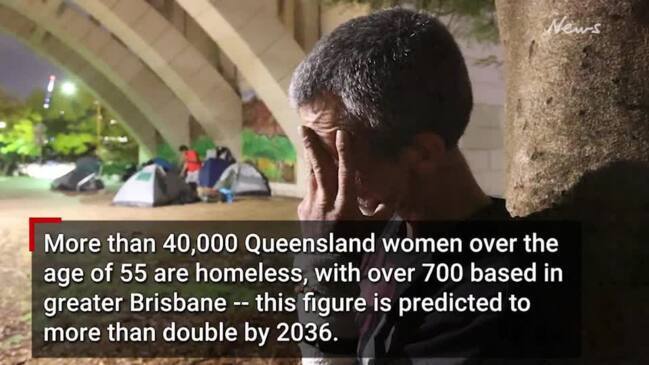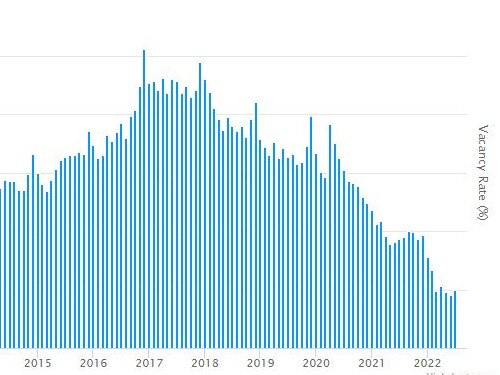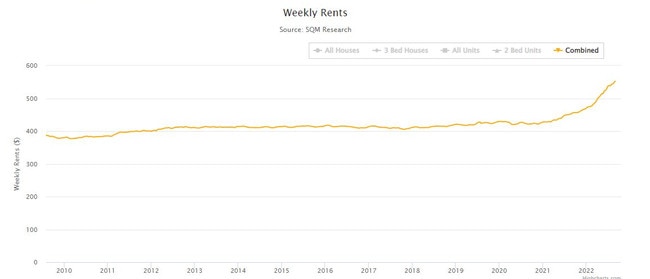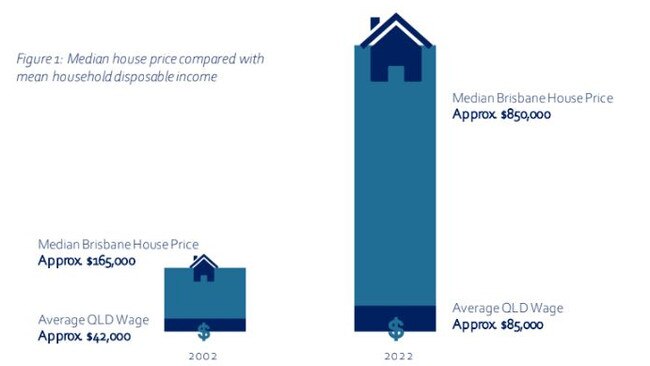Hitting Home: Shrinking vacancy rates to blame for Queensland’s housing crisis, experts says
As desperate Queenslanders are forced to sleep in cars or pay over the odds for a place to live, the fundamental reason for the state’s housing crisis is clear, leading industry experts and advocates say.

QLD News
Don't miss out on the headlines from QLD News. Followed categories will be added to My News.
The shrinking availability of Queensland rentals is the fundamental reason for the state’s housing crisis, according to leading industry experts and advocates.
Vacancy rates in nearly all regions across the state have collapsed to well below 1 per cent as rental and property prices increase, pricing tenants out of their homes and leaving them unable to compete with other applicants.
The percentage of homes available on the rental market in greater Brisbane has steadily fallen to 0.7 per cent in July, according to property data group SQM Research, compared to 1.3 per cent in the same month in 2021 and nearly 4 per cent at the end of 2017.
This has lead to a significant spike in the price of rentals in the city.
In the 10-year period from January 2011 to January 2021, the weekly rental price of both houses and units rose just $41 from $386 to $427.
From then, it surged to $553 by September.
“Fundamentally, the reason for the rental crisis is a lack of availability of long term leasing properties,” SQM Research managing director Louis Christopher said.

“The supply has definitely reduced, particularly over recent years, or the demand has just swamped supply and the level of building activity has not been high enough to meet the new additional demand.
“As a result of the imbalance between supply and demand, rents have skyrocketed pretty much across the state.”

The squeeze on tenants has been more dramatic in Brisbane’s fringe areas as well as regional locations across the state.
Ipswich’s vacancy rate fell to 0.6 per cent in July from 2.4 per cent in early 2020, while the rate in Toowoomba dropped to 0.4 per cent from 1.8 per cent in April 2020.
Queensland’s housing crisis was also compounded by the sharp rise in property prices over the last two years.
Brisbane’s median value only recently begun to decline, according to CoreLogic, but this follows record two year growth up until two months ago when the city’s market peaked 42.7 per cent higher.

These soaring prices have significantly outpaced wages, according to the Property Council.
In 2002, the median Brisbane house price was about $165,000 while the average Queensland wage was about $42,000.
Today, Queenslanders are paid on average about $85,000 but the median house price in the capital has soared to about $850,000.
“Queensland is in a precarious position due to an ongoing undersupply of land for new homes; an undersupply that has gone on for years and remains unaddressed,” the Property Council reported.
“This undersupply of land is not just driving house prices up, it is also tightening rental vacancy rates and driving up rental costs at the same time.”
More Coverage
Originally published as Hitting Home: Shrinking vacancy rates to blame for Queensland’s housing crisis, experts says





